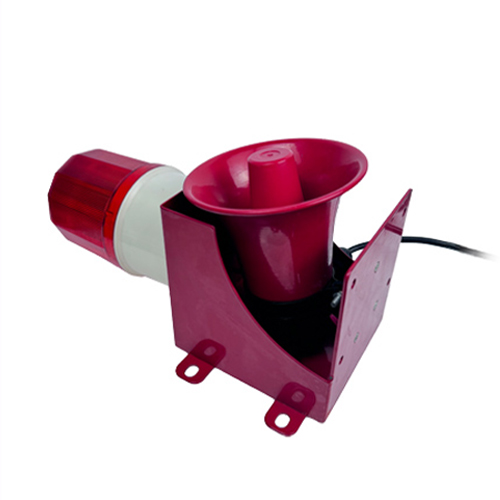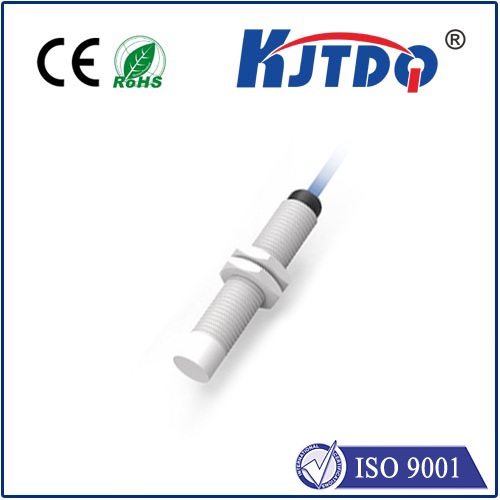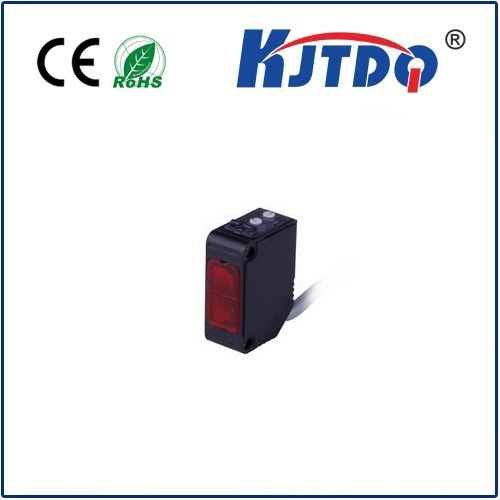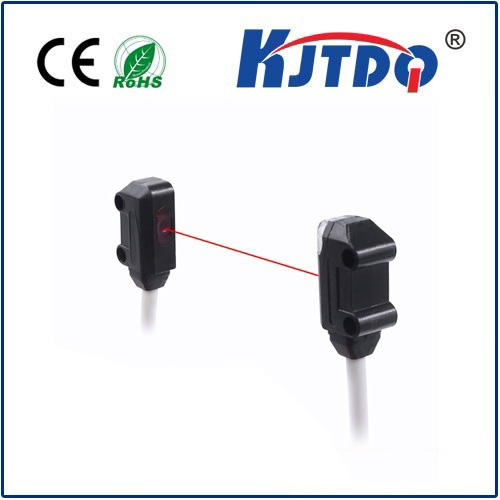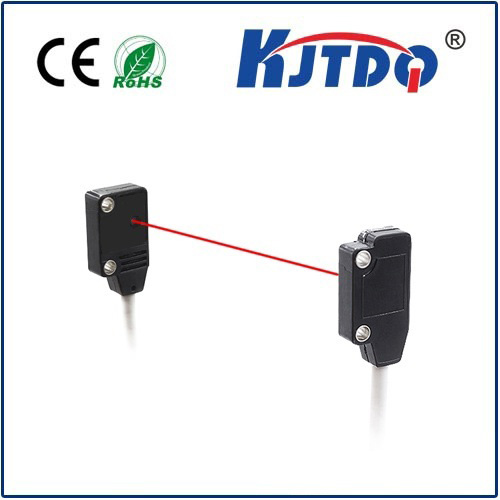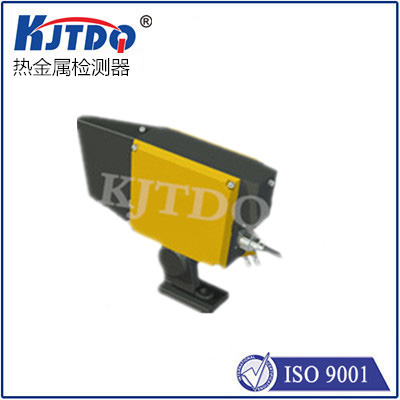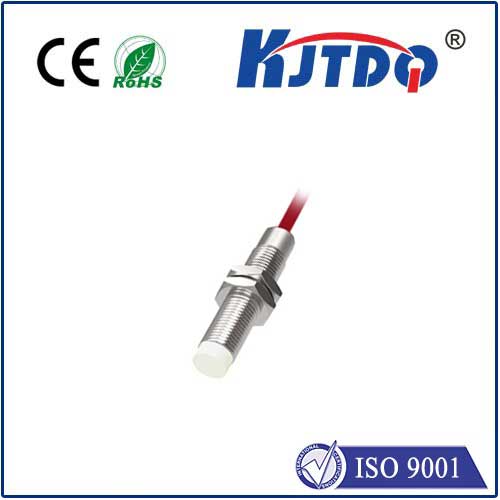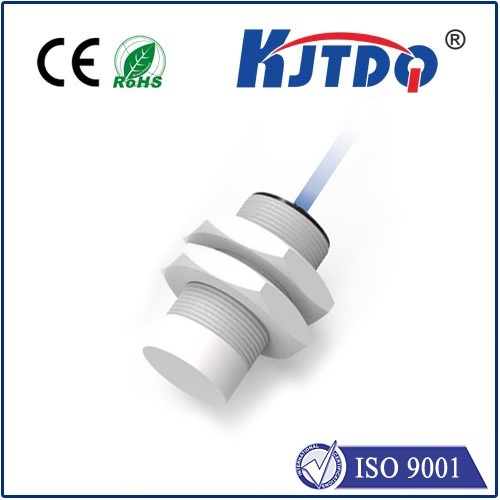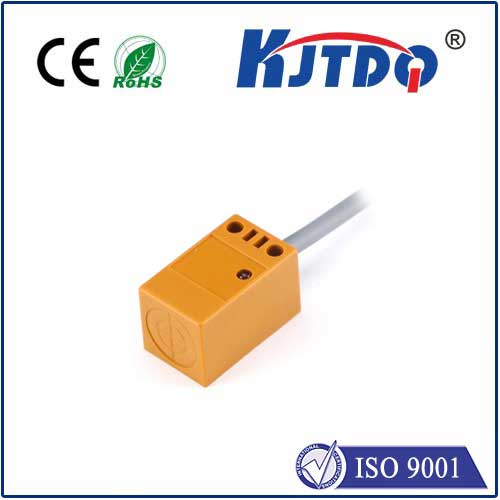

check

check

check

check
The relentless demands of modern industry leave little room for error. Machinery operates at unprecedented speeds, systems handle immense pressures, and safety is paramount. In this high-stakes environment, monitoring critical components with unwavering reliability isn’t just beneficial – it’s essential for preventing catastrophic failure, costly downtime, and ensuring operator safety. Enter the unsung heroes of automation: robust proximity sensors like the BES01ZA, specifically engineered to thrive where conventional sensors falter – under extreme pressure. This article delves into why the BES01ZA High Pressure Proximity Sensor is a cornerstone technology for demanding applications.
Understanding the Core Challenge: Proximity Sensing Under Duress
Proximity sensors, fundamentally, detect the presence or absence of nearby objects without physical contact, typically through inductive, capacitive, or magnetic principles. They are ubiquitous in industrial automation, controlling machine sequences, verifying part positioning, counting objects, and safeguarding personnel. However, standard sensors face significant limitations when deployed in environments saturated with intense hydraulic or pneumatic pressures.
Imagine a sensor tasked with monitoring piston position inside a high-pressure hydraulic cylinder. It’s not merely exposed to incidental pressure; it’s submerged in the pressurized fluid itself. Standard sensor housings can deform or rupture. Seals can fail, allowing damaging fluid ingress that destroys sensitive electronics. Electrical connections might leak, causing short circuits or unreliable signals. The consequences? Unplanned stoppages, expensive repairs, compromised safety interlocks, and potential environmental hazards from leaking fluids. This is the critical gap the BES01ZA is designed to bridge.
The BES01ZA: Engineered Resilience for Extreme Environments

The BES01ZA is far more than just a sensor; it’s a purpose-built solution for high-pressure proximity detection. Its design philosophy centers on resilience and reliability. Here’s what sets it apart:
Reliable Inductive Detection: Most BES01ZA variants employ inductive sensing technology. They generate an oscillating electromagnetic field. When a metallic target (like a piston head or valve spool) enters this field, eddy currents are induced within the target, causing a detectable change in the sensor’s oscillation. This change triggers the sensor’s switching output (usually PNP or NPN). The key advantage? This method is highly reliable, immune to most contaminants (oil, dirt, water within the sealed environment), and specifically suited for detecting metal components common in hydraulic and pneumatic systems. Consistent, dependable target detection is non-negotiable in high-pressure control loops.
Safety & Process Integrity: The BES01ZA proximity sensor plays a vital role beyond simple automation:
Where the BES01ZA Proves Indispensable
This sensor’s unique capabilities make it the ideal choice for a multitude of demanding sectors:
Choosing the Right Tool: Why BES01ZA Over Standard Sensors?
Attempting to use a standard proximity sensor in a high-pressure application is a recipe for failure and cost. While cheaper upfront, the consequences – sensor destruction, hydraulic fluid contamination, system downtime, safety risks – far outweigh the initial savings.
The BES01ZA high pressure proximity sensor represents a calculated investment in reliability, safety, and operational continuity. Its engineered resilience ensures consistent performance where it matters most, minimizing maintenance headaches and maximizing productivity. Its specialized construction makes it the only viable option for accurate, contactless position sensing immersed directly in high-pressure hydraulic or pneumatic fluids.
Conclusion: A Vital Component for Modern Industrial Might
In the relentless push for efficiency, power, and safety within hydraulic and other high-pressure systems, the integrity of feedback signals is paramount. The BES01ZA stands as a testament to specialized engineering, proving that reliable proximity sensing is achievable even under the most extreme pressures. For engineers designing or maintaining systems where pressure isn’t just a factor, but the defining environmental condition, specifying a purpose-built sensor like the BES01ZA is not merely a choice – it’s an operational necessity. It ensures machines run smoothly, processes remain controlled, and personnel stay protected, unlocking the true potential of high-pressure technology.
